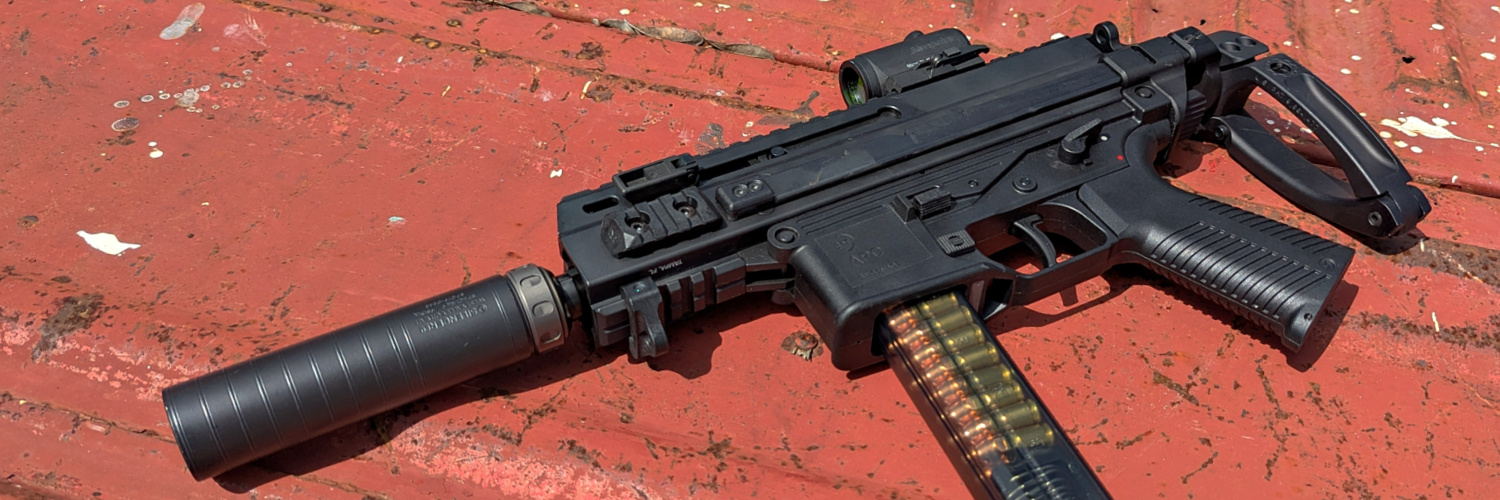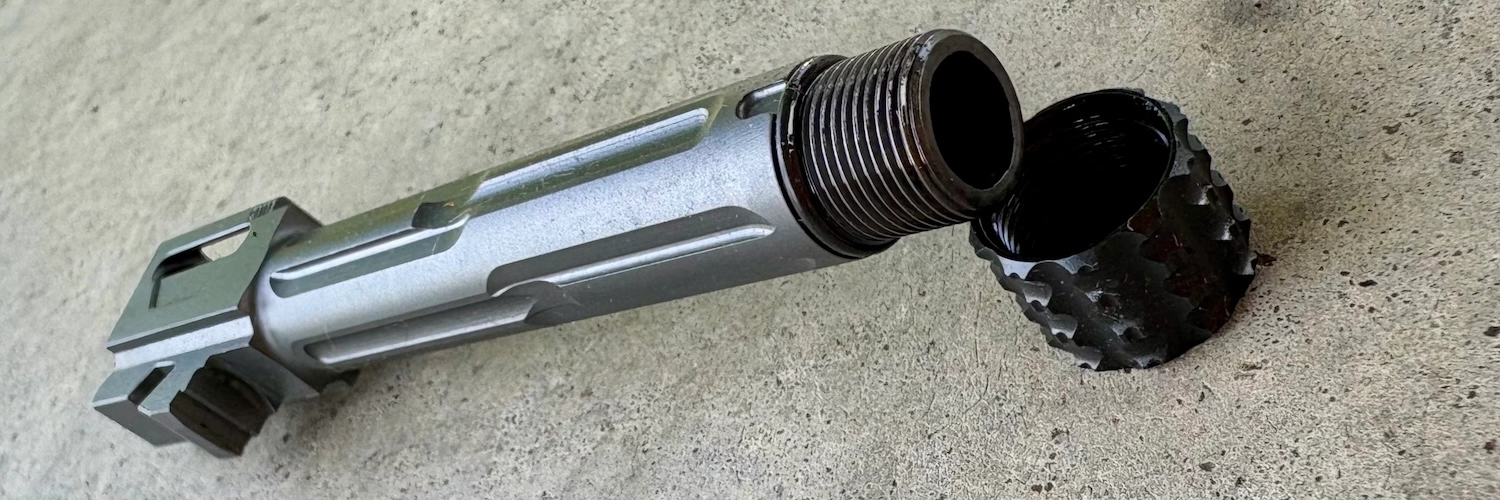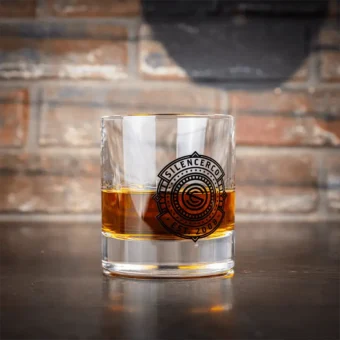Home / Silencer & Gun News / Tank Silencer: the Can We Wish Was Really a Thing
Tank Silencer: the Can We Wish Was Really a Thing
Home / Silencer & Gun News / Tank Silencer: the Can We Wish Was Really a Thing
Travis Pike
Over the past decade, photos have circulated online showing what many have described as the “world’s largest gun suppressor,” and according to some sources, the massive device was described as a “tank silencer.”
Such a device would be undeniably badass, and we imagine it might look like a ginormous Omega 36M, maybe about as big around as a whiskey barrel. Such a can would be an excellent upgrade to the TUSK system and, much like suppressors on the line or in a shoothouse, most welcome to any infantrymen nearby.
But here’s the thing: it doesn’t exist. At least, not in the way social media suggests.
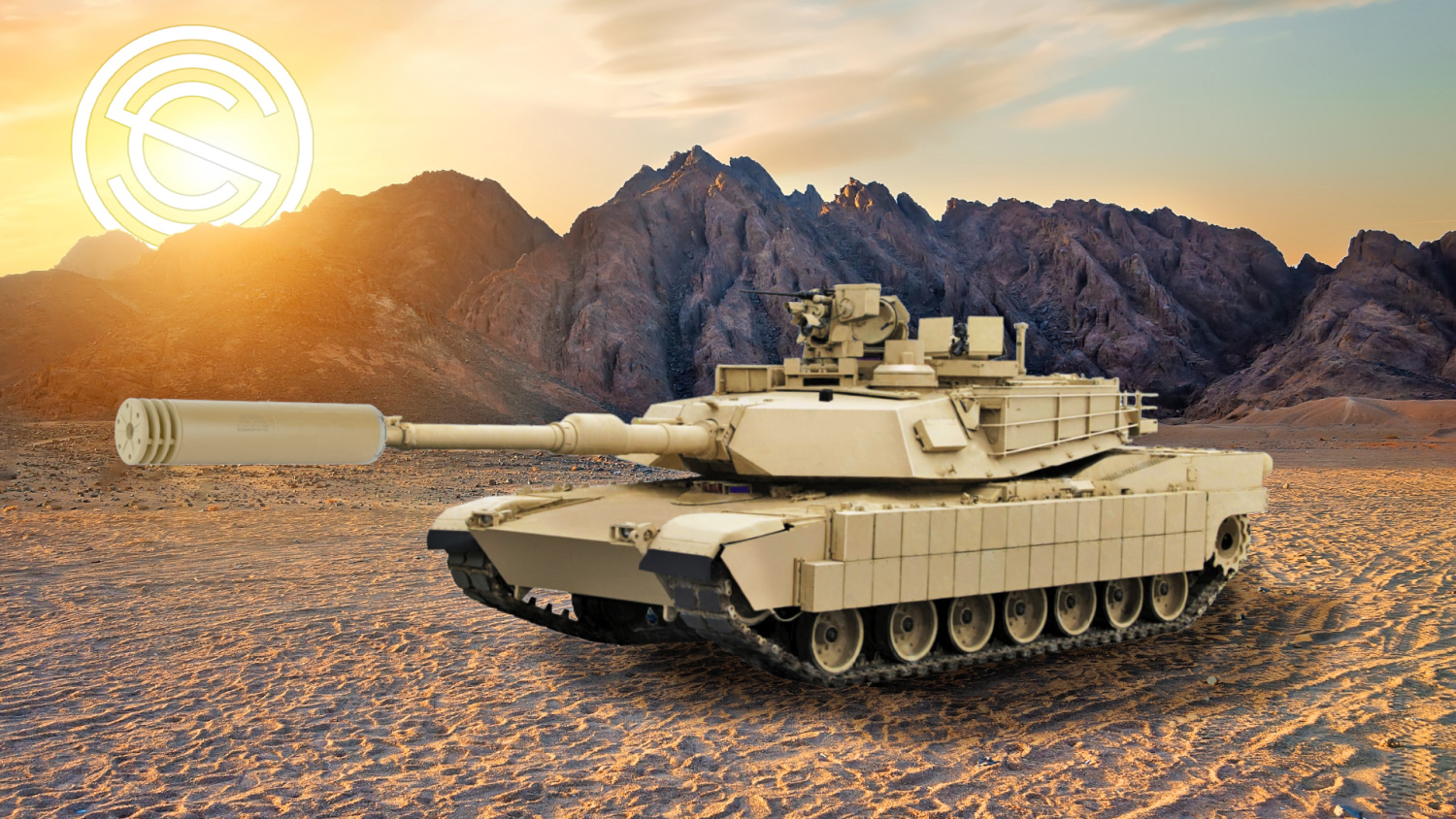
So what is a “tank silencer,” and were there ever plans for one? Let’s see about setting the record straight.
What Is That Viral “Tank Silencer” Photo Really?
The following photos weren’t the result of someone’s insane Photoshop skills. That massive suppressor actually exists, but it’s not what you think.
Developed by German defense contractor Rheinmetall AG with the Acoustic Engineering Laboratory at IfL, this device was built to reduce noise during live-fire testing of a 155mm self-propelled howitzer—not a tank. Mounted on a specially designed chassis, this suppressor is fixed in place and far too large and heavy for any real battlefield application.
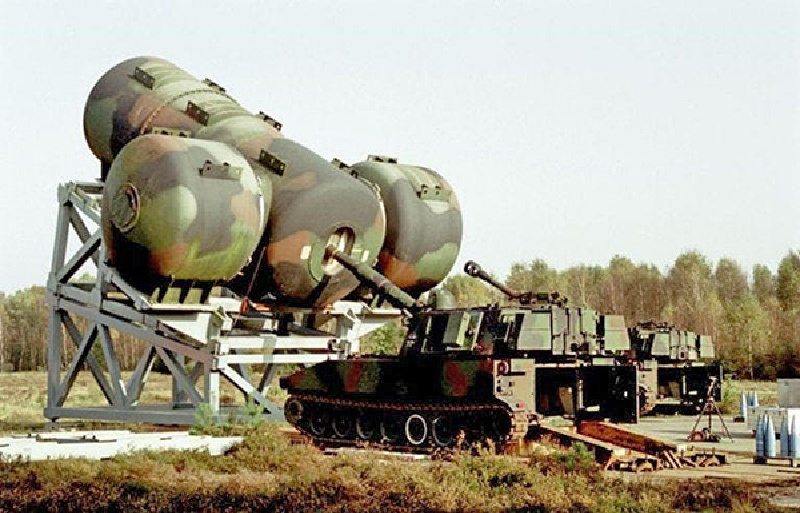
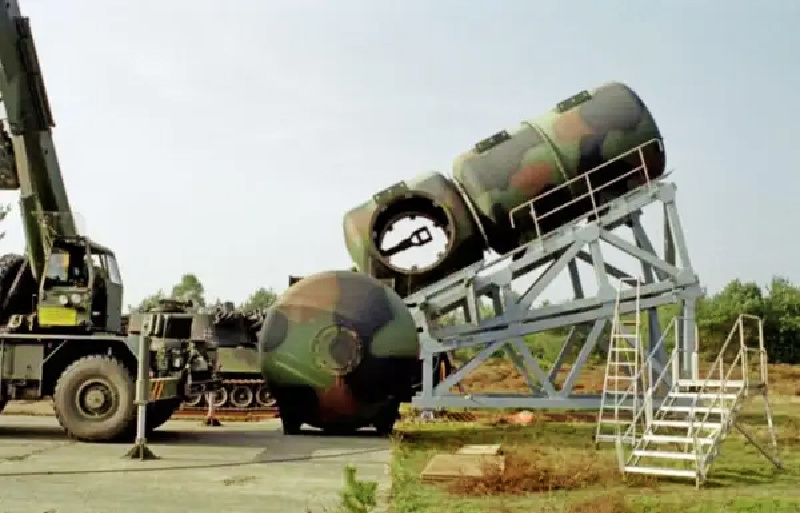
Why Suppress Artillery Noise at All?
Big guns make big noise. Firing ranges can be loud places, and there have been complaints across the United States from excessive noise from weapons testing.
The blast from a 155mm Howitzer is actually significantly louder than a carrier’s engines, and several studies have been conducted, including one for the Norwegian military titled “Noise emission data for the M109, 155 mm field howitzer.” The gun was noted to be “one of the noisiest weapons in the Norwegian defence, and as such represents a limiting factor for activity at firing ranges and training fields.”
A modern freight train is about 80 decibels (dB), a jet engine is about 100 dB, and with afterburners at takeoff is 130 dB. By comparison, a 155mm artillery blast is 180 dB, and experts have warned that getting caught outside near the tube will rupture a human’s eardrums. The CDC (Centers for Disease Control) has warned that prolonged exposure to noise above 70 dB can cause damage to hearing, and loud noise above 120 dB can cause immediate harm to one’s ears.
Thus, it is easy to see why Rheinmetall sought to develop a suppressor for the test firing of the 155mm Howitzer. As with suppressors for most firearms, the “muffler” – as it was reportedly called – works by expanding the propellant gases into a tank or tube, where it is stored until the pressure is low enough that it can leave in steady subsonic flow into the surrounding air.
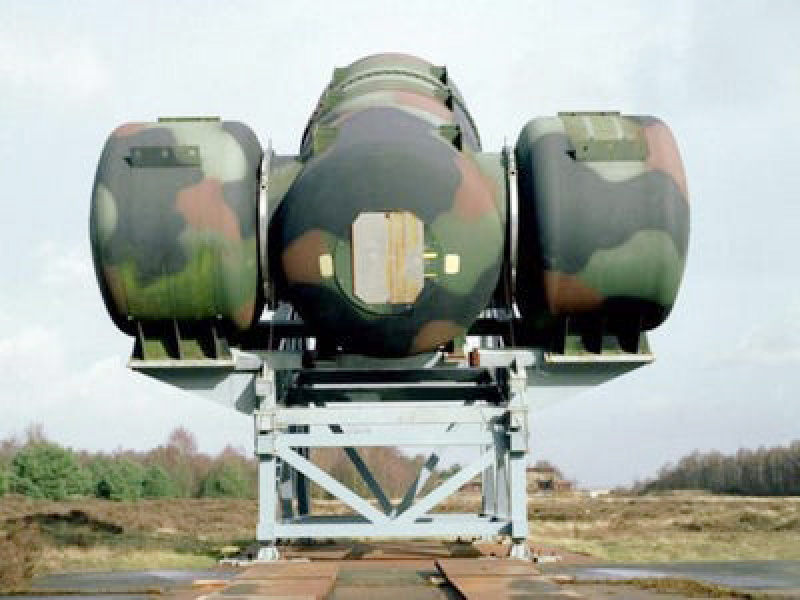
In the case of the device used by the German military, it was able to reduce the noise level on the 120mm main gun of the Leopard 2 tank from 115 dB to around 100 dB, while the noise reduction was greatest at lower frequencies.
The U.S. military also uses its own muffler-type devices for the 105mm and 120mm guns that are tested at the Aberdeen Proving Grounds. It was developed as residents across the Chesapeake Bay were experiencing louder noise than other communities because the noise from the artillery blast is highly directional.
And as with firearms suppressors, these devices don’t technically “silence” the guns from the large bore artillery, but bring it down by as much as 20 dBs – enough difference to ensure those on the firing range don’t risk hearing loss.
It is true that there have been cases where those downrange from large field guns didn’t hear the firing of the guns. That was most notable during the First World War, when Germany’s “Paris Guns” – which were essentially super-heavy artillery pieces – were used to bomb Paris in the final year of the war.
When the shells landed, Parisians believed they were bombed from a high-altitude Zeppelin, but the reason was one of distance and not efforts to silence the guns. The blasts were reportedly so loud near the guns that they could be heard for miles. Just as the residents of Paris were confused, so too were the French soldiers near the front lines, who expected shells to rain down on them.
As today’s modern artillery can hit targets at extreme distances, there is simply no reason to silence them except to protect the hearing of the gun crews.
However, during peacetime, noise remains a problem with military equipment, and it isn’t just the sound of guns. A few years ago, residents who lived near Portsmouth Naval Base in the UK complained not about the jets taking off from the country’s new aircraft carrier, the HMS Prince of Wales, but rather from the engines the ship left running. The ship was unable to hook up to the local power grid and had to run its engines round the clock during a maintenance period.
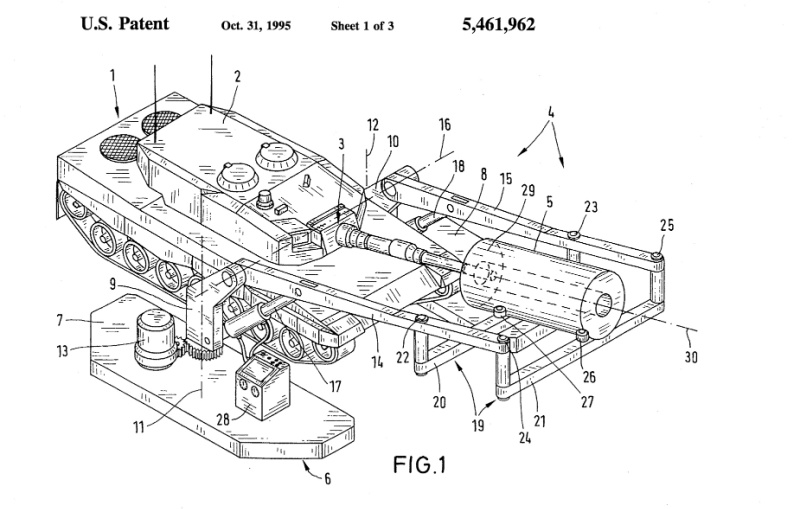
Tank Combat: Why Silencers Aren’t the Answer
We know it’s possible to reduce some of the noise, concussion, and blast for a piece of self-propelled artillery. So why isn’t it practical to create a silencer for tanks on the battlefield? You could list several benefits. Namely, it could make it tougher to find the location of a tank when in combat, right?
When we talk about tank combat, we are talking about launching rounds at targets over a mile away. The M1 Abrams tank’s main 120mm gun has a maximum effective range of 3,280 yards. That’s almost two miles. Surely a suppressor could reduce the volume of the gun, which would help hide the gun, right?
It sounds good until you realize we aren’t hunting tanks via the volume of their gunfire. A tank or self-propelled artillery piece isn’t a sniper. It’s a massive vehicle with a massive gun. Due to its long effective range, we are using things like Counter-battery radar to locate artillery pieces and ground surveillance radar to hunt tanks.

Counter-battery radar is picking up the rounds as they travel through the air and tracing it back to the source. That’s a little more advanced than listening for loud booms. Ground surveillance radar is sensing when the tank moves due to the vibrations it’s causing. Again, not something a suppressor can stop.
We aren’t searching for loud noises. Even if we were, the tank’s gun is only one aspect of its volume. Tanks don’t purr like a sport’s car; they exist at a constant roar. If we silence the blast from the muzzle we still must deal with the supersonic crack of the projectile. Essentially. It would be a waste of time and money to create a tank suppressor.
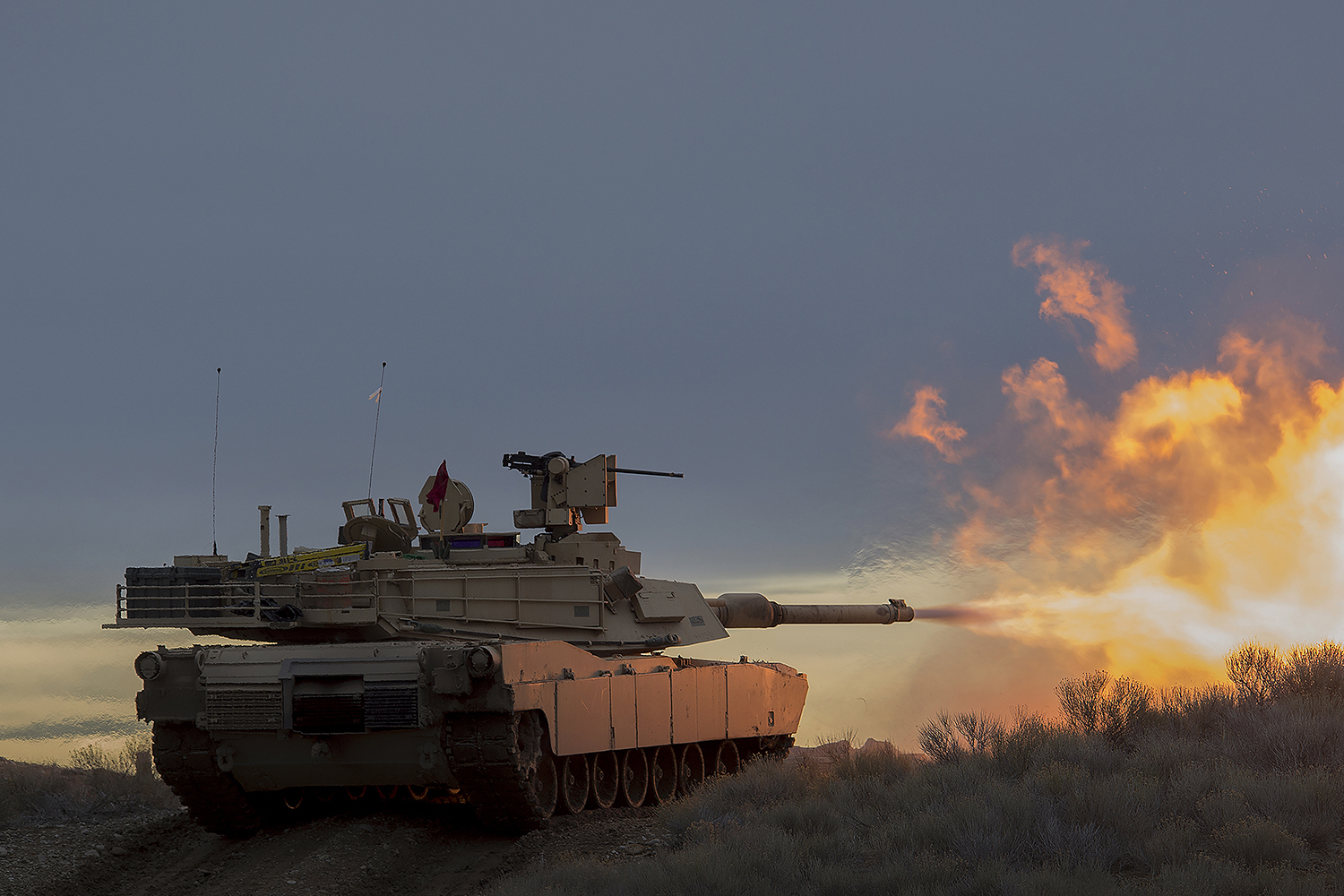
What Would It Take to Build a Real Tank Silencer?
If you look at the Rheinmetall suppressor, you’ll notice it’s bigger than the vehicle firing through it. That size isn’t a coincidence. A suppressor large enough to reduce the volume of a 120mm or 105mm tank gun would have to be absurdly massive.
Tanks are designed as mobile armored platforms. A fixed suppressor takes away that mobility. To make a mobile suppressor practical, you’d need a second tank-sized vehicle to carry it. Now you’re doubling armor weight and complexity, without tangible combat advantage. You’d also have to engineer a system to keep the suppressor aligned with the gun’s elevation and traverse—an enormous technical challenge.
Throw enough time and money at the problem, and sure, you could engineer a solution. But from a military perspective, it’s far more efficient to reduce radar signatures and develop counter-detection measures than to silence the main gun.
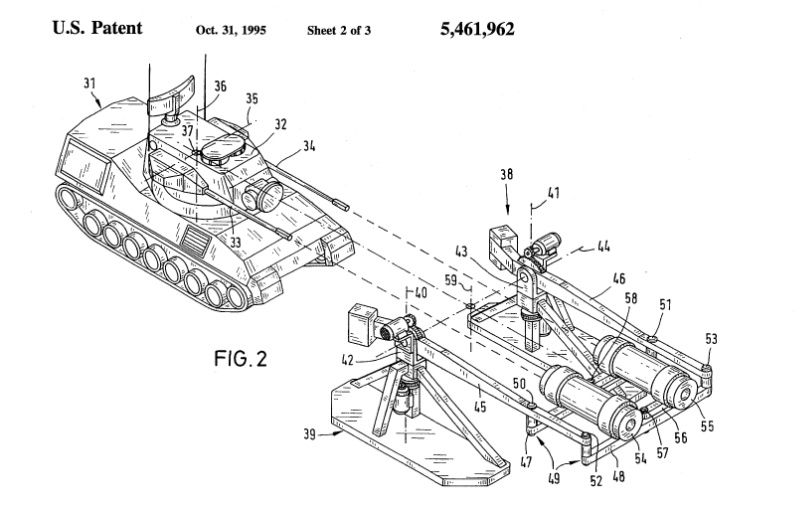
Rheinmetall’s Engineering Feat
I give Rheinmetall credit—it’s an impressive piece of engineering to build such a massive artillery muffler. For some engineer, this was probably the project of a lifetime. But while it makes for a great viral story and social media buzz, it’s not a design you’ll see rolling into combat.
FAQ: Tank Silencers
Are tank silencers real?
Yes, but only as large, fixed devices used on artillery test ranges—not for combat tanks.
Do tank silencers make a tank stealthy?
No. Suppressing the muzzle blast doesn’t hide a tank from radar or thermal detection, and the tank’s other noises remain.
Could a mobile tank suppressor ever work?
Technically maybe, but it would be enormous, heavy, and impractical, requiring a whole new vehicle just to carry it.
Why reduce artillery noise if not for stealth?
To protect hearing and reduce noise pollution near testing and training ranges.
Final Thoughts
The viral “tank silencer” photos show a real device, but not one that’s a stealthy weapon accessory. They’re fixed, oversized silencers built for noise reduction during testing—not practical combat tools. As a former Marine machine gunner, I appreciate the idea’s allure, but the reality is clear: silencing a tank’s main gun isn’t just difficult—it’s mostly pointless given today’s battlefield tech.


